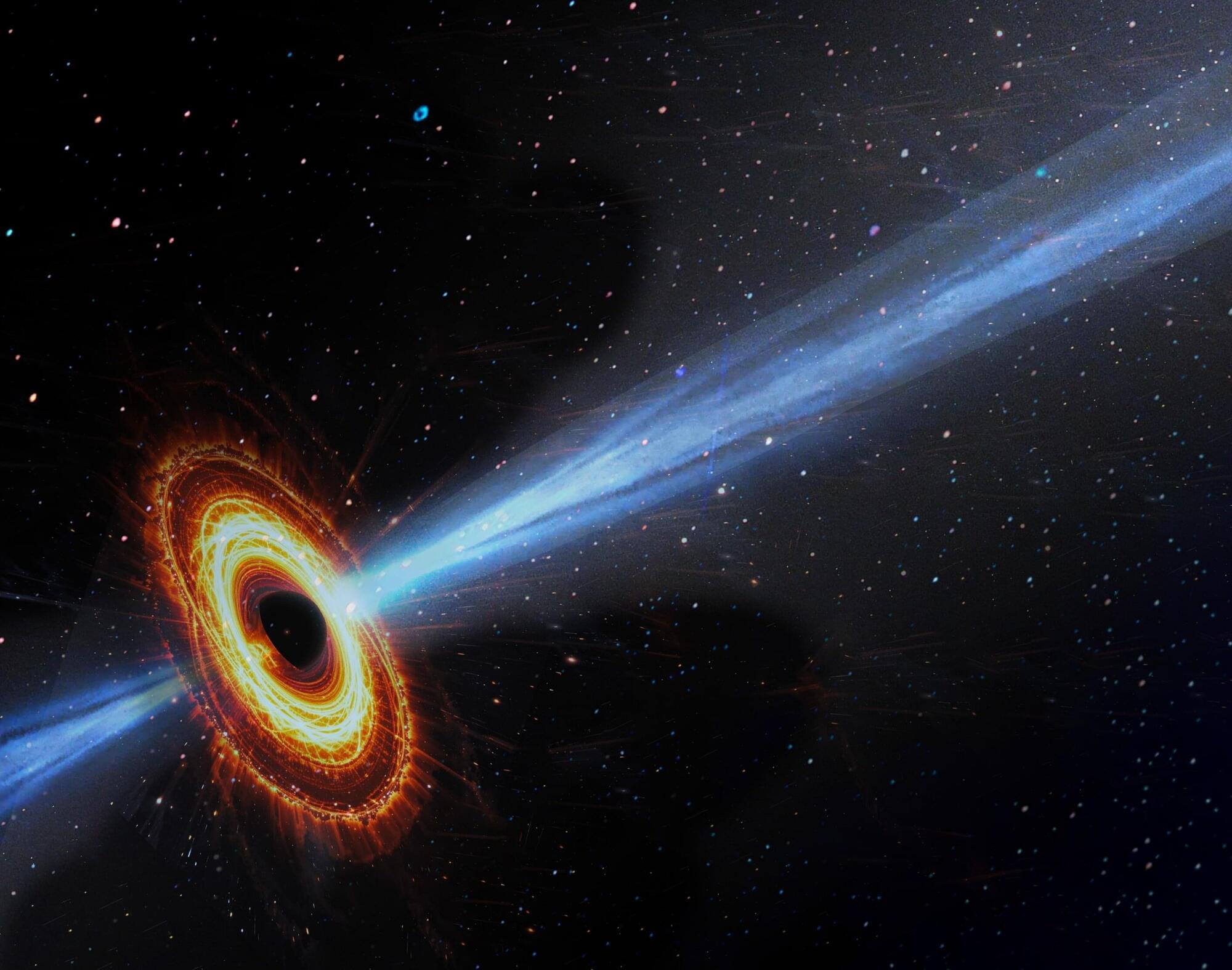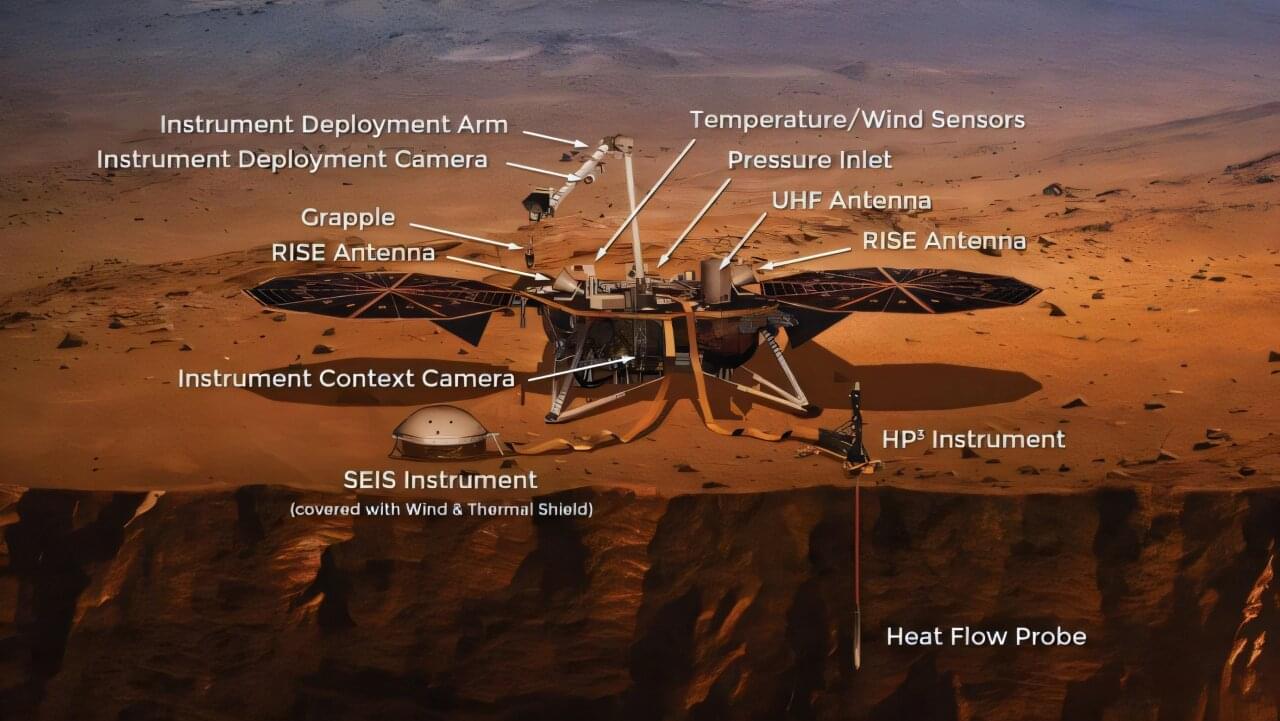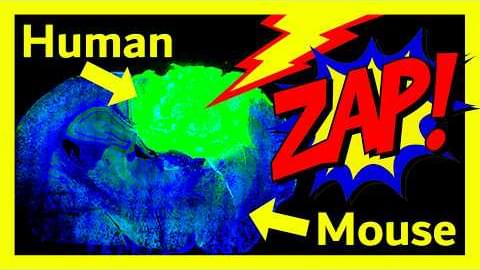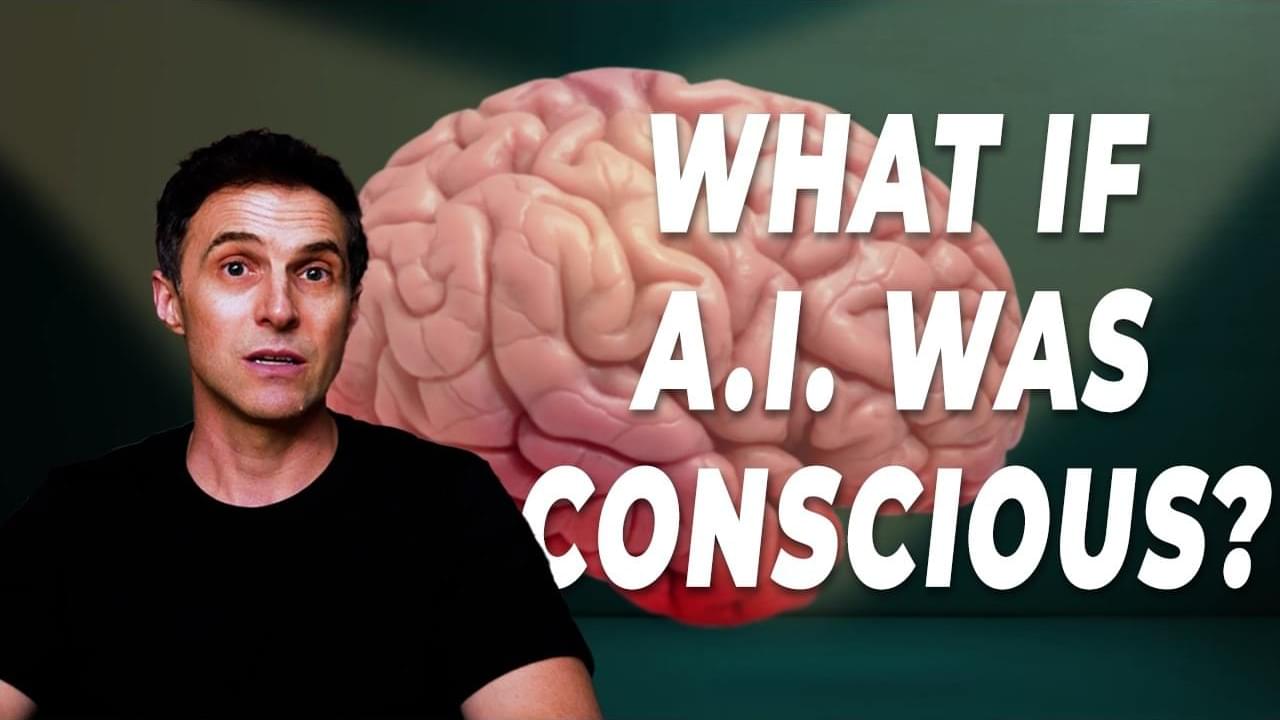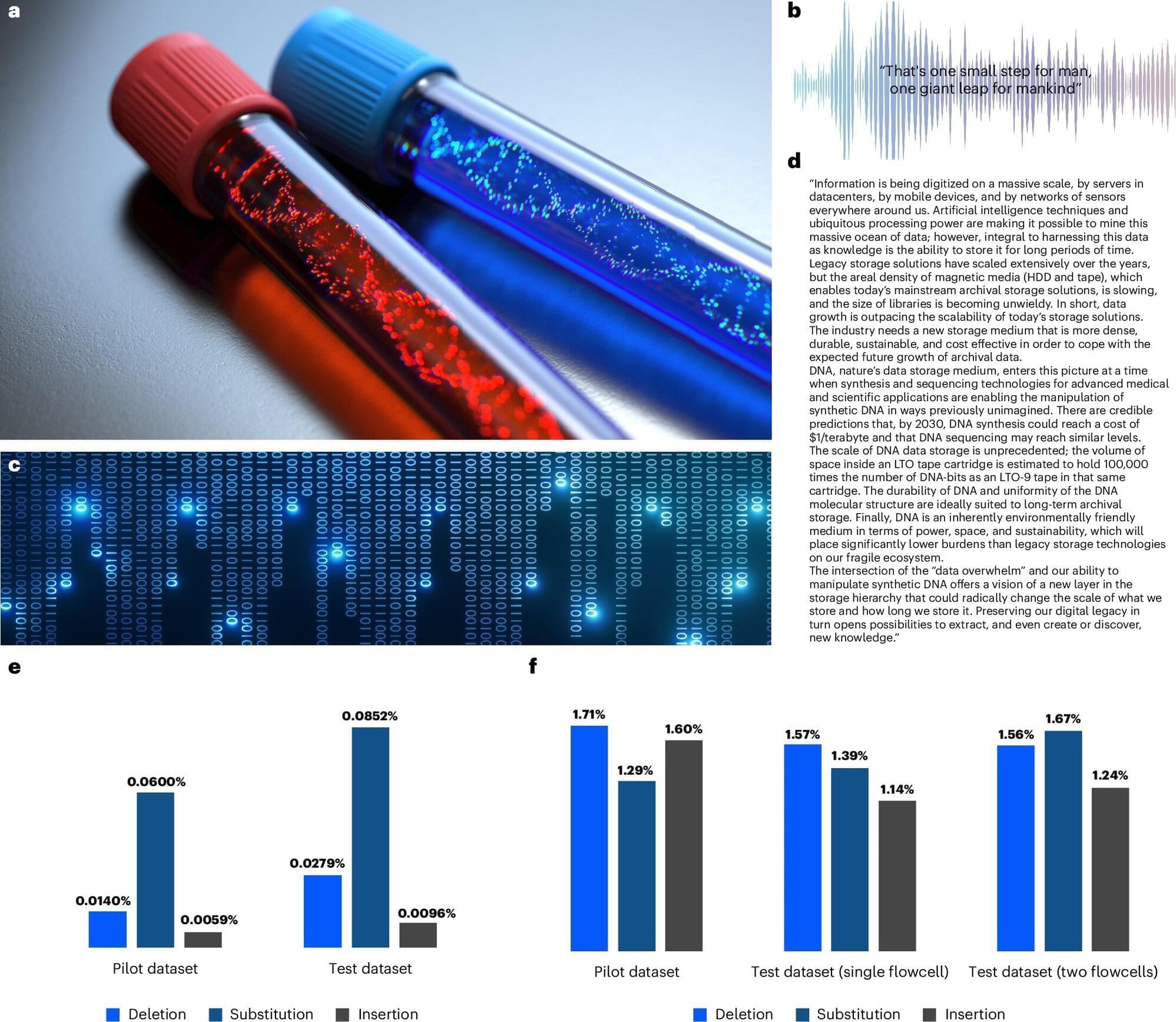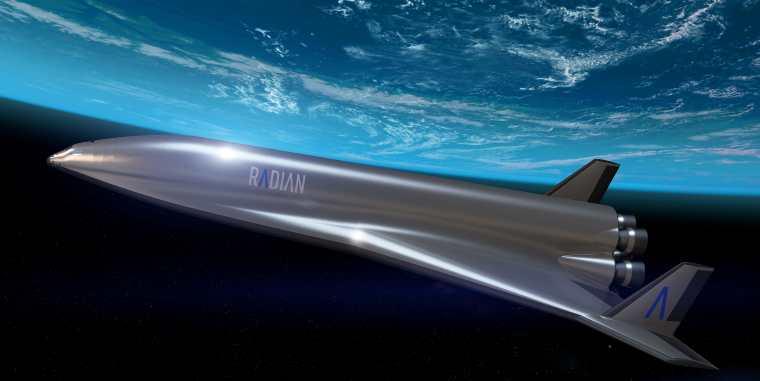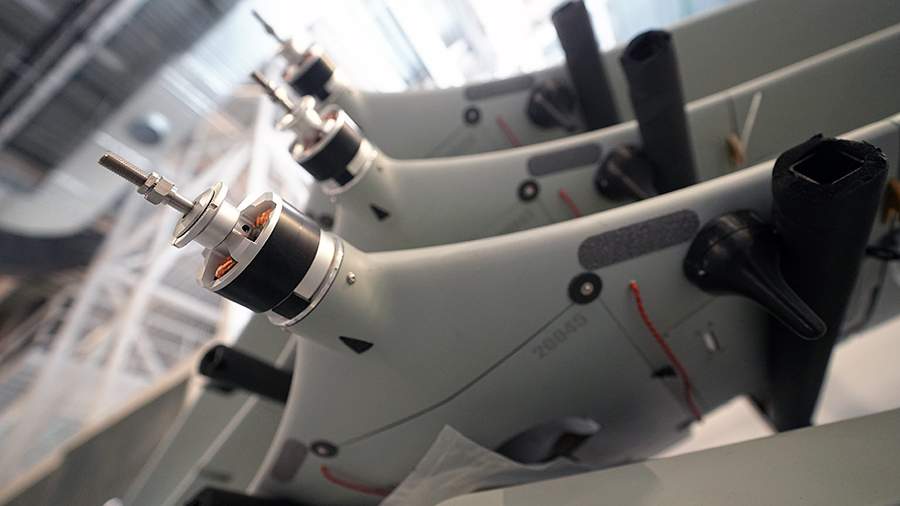Elon Musk envisions a future where automation and AI could transform society by creating abundance and new job opportunities, while also posing challenges such as job displacement, wealth concentration, and the need for innovative solutions like universal basic income ## Questions to inspire discussion ## Income Opportunities in the Age of Abundance.
🤖 Q: How can I profit from owning assets in an abundant future? A: Rent out assets like bots, cars, and homes as a major income source, creating new job opportunities in asset management and maintenance.
🎨 Q: What industries will thrive in a post-scarcity world? A: Bespoke industries like Etsy will flourish as people seek custom-made products from human artisans, creating new job opportunities for unique, high-quality craftsmanship. ## Lifestyle Changes and Affordability.
💰 Q: How will abundance affect the cost of living? A: Middle-class living becomes possible on **$20,000/year instead of **$100,000/year, reducing costs of energy, transportation, homes, groceries, and making luxuries more accessible.
✈️ Q: Will travel become more affordable in an abundant future? A: Vacation land and travel become more accessible as abundance reduces costs of travel and accommodations, creating new job opportunities in the travel industry. ## Entertainment and Sports.
🏆 Q: How will abundance impact professional sports and gaming? A: Professional athletes and gamers will gain popularity and lucrative opportunities as more people afford tickets and subscriptions, creating new job opportunities in competitive fields. ## Economic Considerations.

